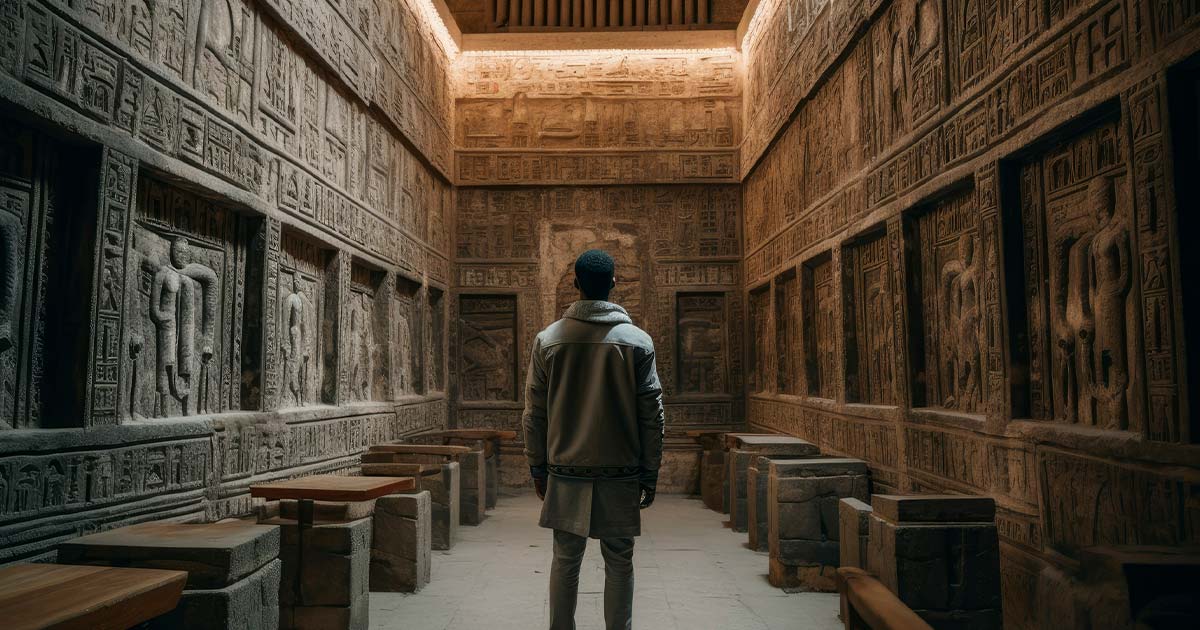Why Pyramids Were Effective Advertisements for Tomb Raiders (Video)
The ancient pyramids of Egypt, exemplified by the Great Pyramid of Giza, stand as remarkable structures in human history. Renowned Egyptologist Dr. Mark Lehner explores their construction and the intriguing paradox surrounding these monuments. While the pyramids were intended to safeguard the pharaohs' royal remains, they inadvertently became beacons for tomb raiders. The pyramid-building tradition culminated with Khufu's Great Pyramid, a profound reflection of architectural mastery.
These monumental edifices played a unique role in conveying the divine status of the pharaohs. During that era, the kings were perceived as merging with the sun, their identity inseparable from it. Clad in polished white limestone, the pyramids reflected sunlight brilliantly, almost burying the king within a radiant glow. The Egyptians believed the pharaoh should be interred with his treasures to carry into the afterlife. Protecting these riches presented a considerable challenge. The inner sanctum of the pyramid, the king's chamber, was meant to remain sealed, hidden from prying eyes. Yet, as history reveals, tomb raiders managed to infiltrate these impenetrable structures, leaving pharaohs without their treasures.
- King Tut's Tomb Was “Raided” By Artifact Thief Howard Carter
- Great White Pyramid: Did You know Giza’s Great Pyramid Was Once Dazzling White?
Top image: Pyramids acted as beacons to tomb raiders. Source: sit0108 / Adobe Stock.

















